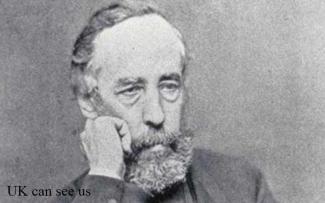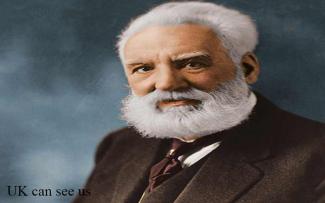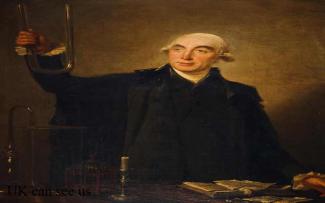Scotland is home to many scientists. From telephone and television to penicillin and radar, many other innovations originated in Scotland. Scottish scientists have achieved significant advances during the past 300 years or more.
John Logie Baird
John Logie Baird was a Scottish engineer who was the first to broadcast images of moving things. He developed televised things in outline, transmitted identifiable human features in1925, and showed the televising of moving objects in 1926 at the Royal Institution, London, after receiving his education at Larchfield Academy, the Royal Technical College, and the University of Glasgow.
Alexander Graham Bell
Alexander Graham was born on March 3, 1847, in Edinburgh, Scotland. This Scottish-born American inventor, physicist, and deaf educator is known for his invention of the first telephone in 1876 and the refinement of the phonograph in 1886.
Joseph Black
Joseph Black, a British chemist, and physicist are most known for rediscovering carbon dioxide, developing the idea of latent heat, and discovering the bicarbonates. Both the University of Edinburgh and the University of Glasgow have chemistry buildings named after him.

James Croll
In the nineteenth century, Croll devised a climate change hypothesis response to differences in the Earth's orbit. Despite the fact that Croll's study was widely debated, his idea was widely dismissed. In the late twentieth century, the essential principles underpinning his theory were further refined, and Milankovitch cycles were born.
George Forbes
George Forbes contributed to carbon filament and arc light manufacturing. He additionally experimented with employing carbon as a collector for moving electrical equipment, which led to carbon becoming the universal option in power generation even now.

Robert Angus Smith
Robert Angus Smith was born on February 15, 1817, and died on May 12, 1884. He was born in Glasgow's south side neighborhood of Pollokshaws. Smith looked at a wide range of environmental challenges, such as air pollution. In1852, his groundbreaking study resulted in the discovery of acid rain. He further defined three forms of acid rain that may be seen in the suburbs, countryside, and cities.
C.T.R Wilson
C.T.R. Wilson, full name Charles Thomson Rees Wilson was born on February 14, 1869, Glencorse, Midlothian, Scotland. This Scottish scientist won the Nobel Prize in Physics in 1927 alongside Arthur H. Compton for inventing the Wilson cloud chamber, which was extensively adopted in the research of radioactivity, cosmic rays, X rays, as well as other nuclear phenomena.

